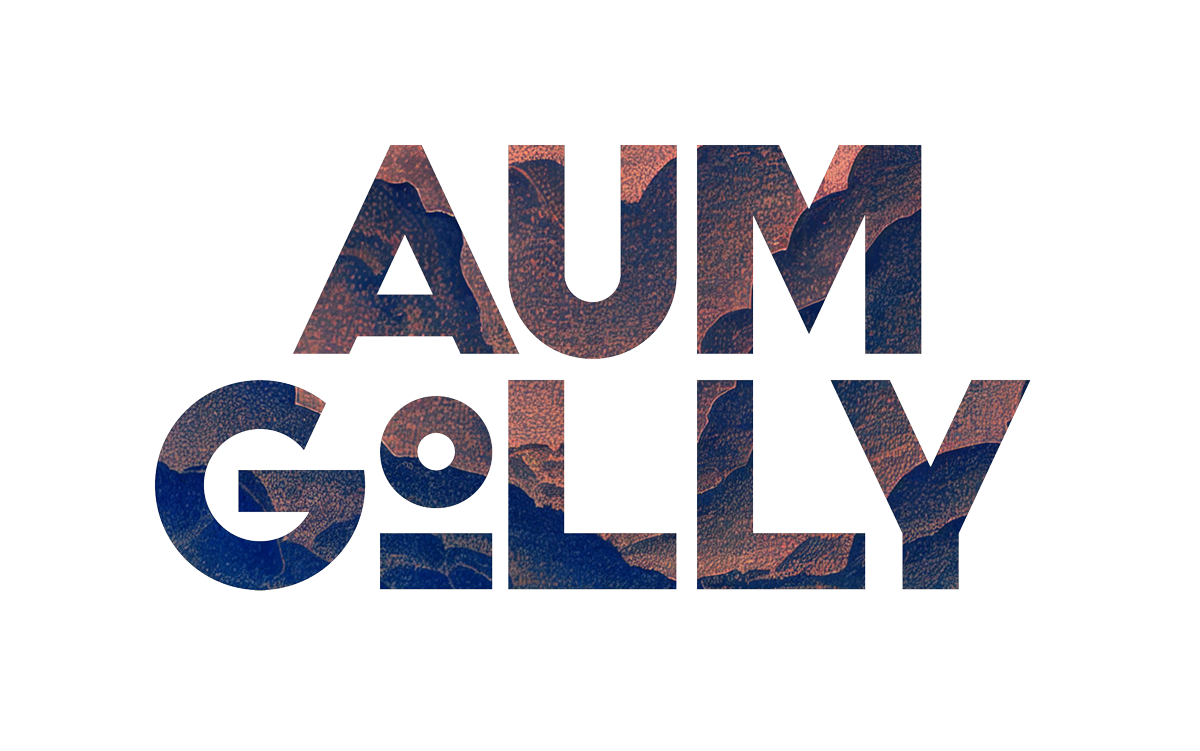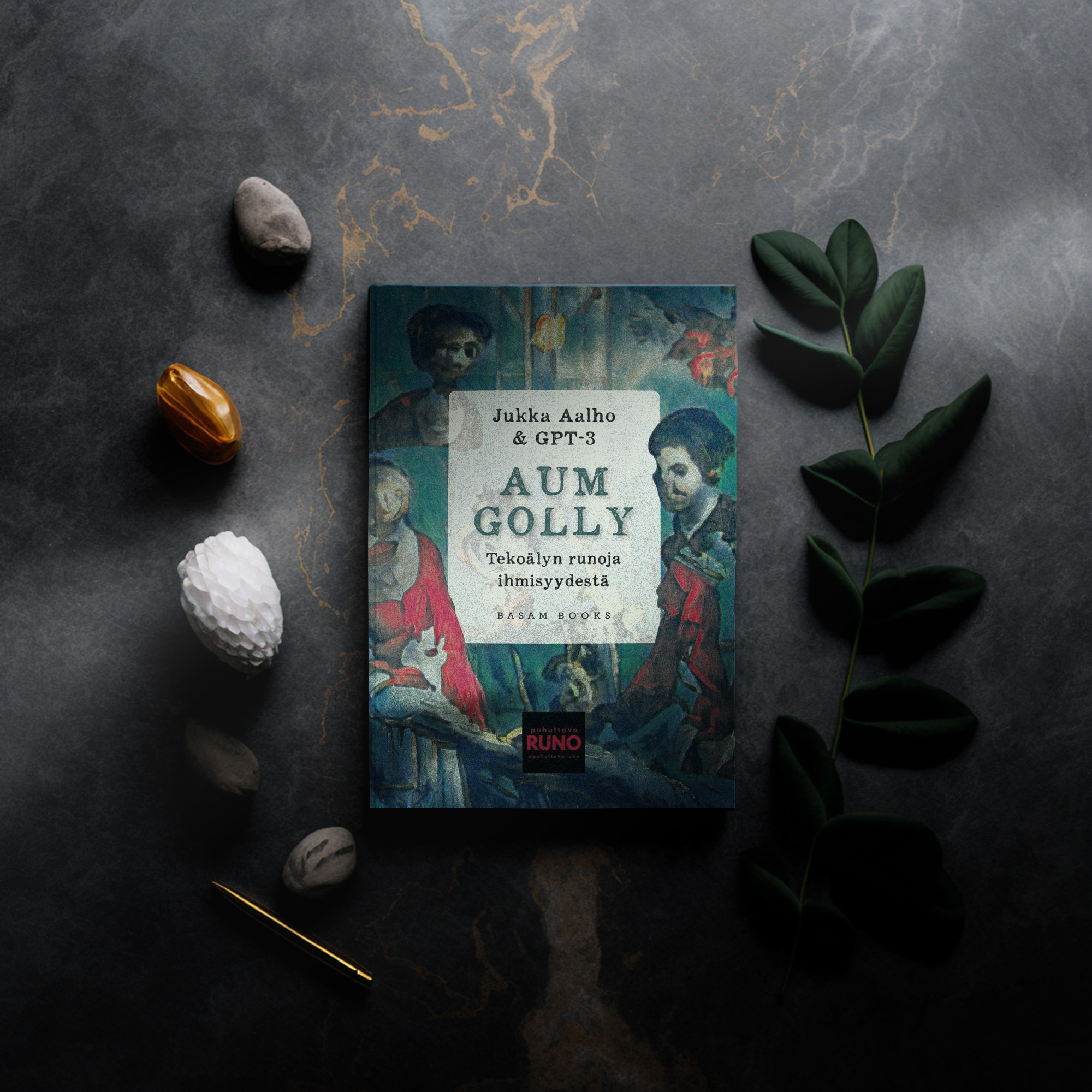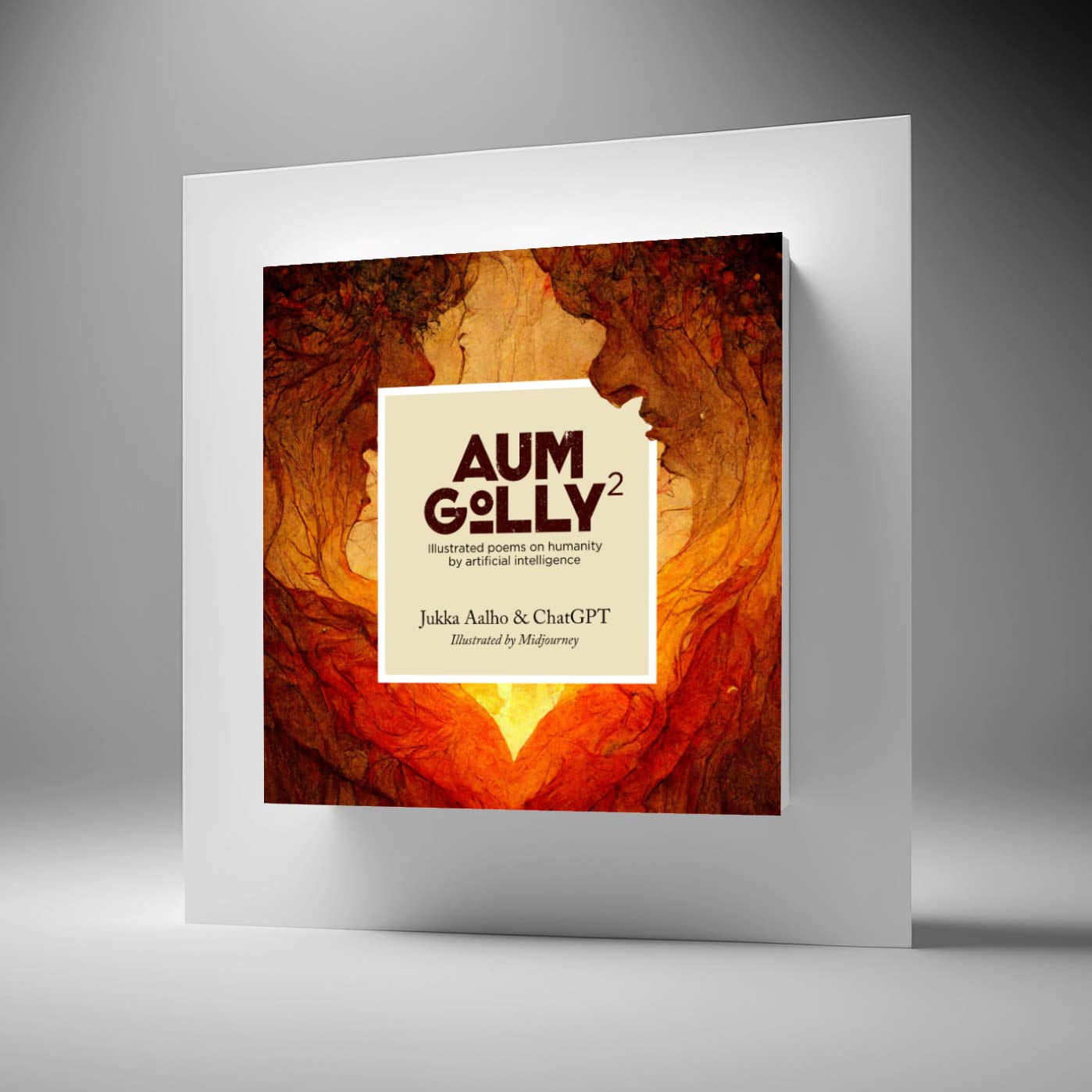A review of the two parts of the Aum Golly book series was published on 31.8.2023 in the Finnish literary site Kiiltomato. The authors were Teemu Korpijärvi and Tuuli Hongisto. You can read the review here.
Criticism warms the writer’s heart. Someone takes the time to study the work, organise their thoughts and share them with others. But more important than the feeling of being noticed and getting feedback is the fact that Aum Golly is being talked about. Emotions and impressions are frozen in time in the same way that every part of Aum Golly freezes the technological development of the moment.
At the time of the first Aum Golly, GPT-3 was still unknown. It was new and exciting. It was talked about on the radio and in the newspapers. I had the chance to talk to, among others with Ruben Stiller and Roman Schatz.
At the time of the second Aum Golly, ChatGPT was in the news daily and Aum Golly 2 was ignored. The story could no longer fit on the editorial lists. AI lit, so last season. Everyone can do it.
In addition, the text produced by ChatGPT was much more consistent than that produced by GPT-3, which was reflected in the greater predictability of the poems. This is also emphasised in the criticism; the poems are a varied bundle of tricks whose value is not literary.
However, both parts are required. And their justified criticism.
What if Aum Golly 3 will have a high level of literary value? What if the language model and its input evolve to produce a real literary work? Then we have three points that form a trend. Then the world will have a story, tied to time and format, of what AI-assisted literature is, how it will change and how it is being received.
This is how I see the progression of books:
- Aum Golly: made in 24 hours, wild, free, infuriatingly repetitive
- Aum Golly 2: 12 hours, clichéd, poetic, very consistent from the author’s point of view, illustrated
- Aum Golly 3: 8 hours to complete, maybe in 2024 or 2025 when the next leap in language models comes again. The content remains to be seen.
What if the third Aum Golly is already a great piece of writing in 2025? What does it mean for writers, for authors, for humanity, for reading? For the experience of art? These are the same questions that I am experiencing and that we are experiencing now with Aum Golly.
A huge thank you to Kiiltomat for the criticism!




